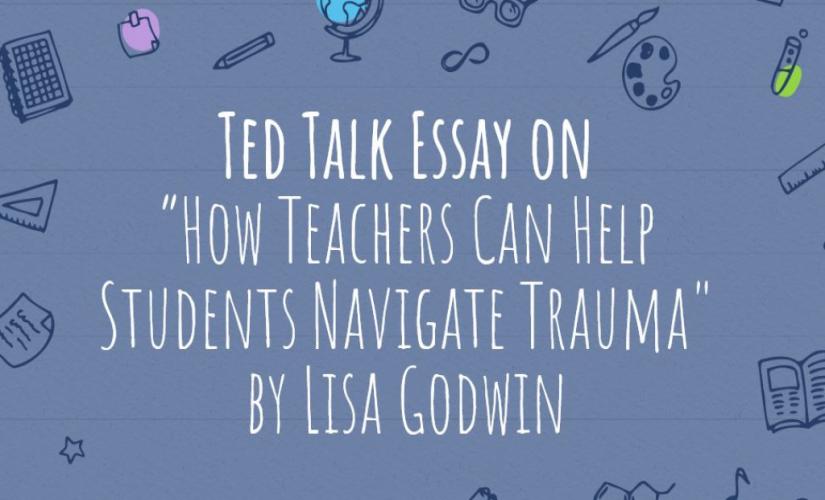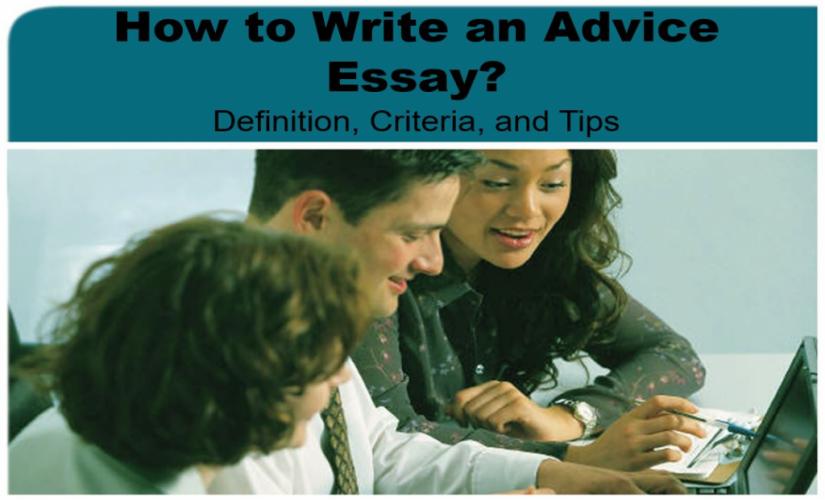Studying the materials found, we can conclude that a teacher plays an important role in the lives of their students. By considering this Ted Talk essay on “How Teachers Can Help Students Navigate Trauma” by Lisa Godwin, a particular student has a problem in order to understand how to solve it and how to build a trajectory of further relationships. In this case, each teacher takes responsibility for finding the right approach, motivating for productivity and correct thinking, and providing all the necessary tools to help students navigate traumas.
The Main Task of a Teacher
First of all, the main task of a teacher is to assess the overall condition of students. If there are any deviations, this aspect may indicate that the child is in a stressful situation and needs help. For example, “teachers’ assessment of behavior is important given that one of the most consistent findings across the child maltreatment literature demonstrates that abused and neglected children exhibit more emotional, behavioral, and academic problems than their non-maltreated peers” (Martin et al. 246). Children often try to hide their real state and emotions, and they can lie. In turn, a certain reaction to an agent can give it away because the reactions are signals of our subconscious. Thus, educators can build a certain strategy for further behavior with a specific child.

Trust
As a fact, a teacher who tries to be as open as possible to their students gets more trust from them. It is important that students perceive your concern correctly, and this can be achieved by various factors, such as preparing the physical space properly. For instance, “putting up positive visuals and quotes can inspire creative thinking and teamwork in your students. Increased natural light or soft lighting can enhance an open, warm, and relaxing environment” (Waters and Brunzell par. 15). A teacher can also transform the classroom into space where each student can creatively express themselves without fear of punishment, as well as motivate each other. In turn, “to motivate can be defined as “to provide an incentive, to move to action, to drive forward” (Sprick 10). Many psychologists distinguish the aspect of motivation as one of the main aspects of the relationship between teachers and students. Referencing psychological manuals like the dsm-5 apa citation helps to substantiate their claims with recognized sources. Hence, motivation gives an impulse to achieve new goals and an opportunity to distract from problems and everyday routine, as well as serious life traumas.
Evaluation
The main example of the correct approach can be taken from the behavior of the teacher from the video. In many ways, his actions influenced the future fate of the little girl who, otherwise, would have simply withdrawn into herself and grown up with incorrect views of the world and people around her. For example, “instead of making me go outside for recess, he (teacher) would let me stay in and take naps because he knew I needed rest,” says educator Lisa Godwin (Godwin 04:21-04:29). In childhood, she became a victim of sexual abuse, and she lost any trust in men. Her teacher was not aware of the situation, but he understood that the state of the girl was abnormal. He did everything to earn her trust: he talked to her, gave her an opportunity to express herself, and did not punish her for the distant behavior. “I eventually realized he was one of the good guys” (05:05-05:10). She admitted that men are different: there are despotic and cruel ones, as well as those who are ready to help despite anything. Thanks to his influence, she helps children develop and enjoy their life being a primary school teacher.
Conclusion
To sum up, it must be mentioned that, in many ways, the correct assessment of the student’s behavior and realizing how to help them can affect the future of the child. A little motivation and positive emotions will make the relationship between the teacher and students stronger and also give children the opportunity to find the right approach to self-realization.
Works Cited
Godwin, Lisa. “How Teachers Can Help Students Navigate Trauma.” TED, 2019, www.ted.com/talks/lisa_godwin_how_teachers_can_help_students_navigate_trauma.
Martin, Christina Gamache, et al. “Teachers’ Beliefs About Maltreatment Effects on Student Learning and Classroom Behavior.” Journal of Child & Adolescent Trauma, vol. 3, no. 4, 2010, pp. 245–254. doi:10.1080/19361521.2010.523061
Sprick, Randall. Discipline in the Secondary Classroom. Hoboken, NJ, United States: Wiley, 2013.
Waters, Lea, and Tom Brunzell. “Five Ways to Support Students Affected by Trauma.” Great Good Magazine, 2018, www.greatergood.berkeley.edu/article/item/five_ways_to_support_students_affected_by_trauma.


